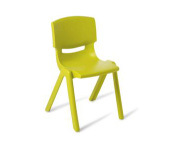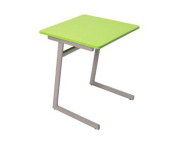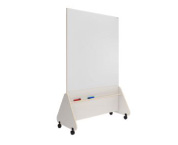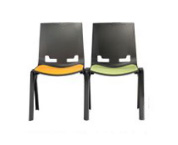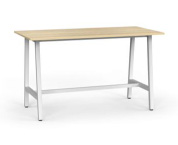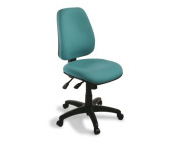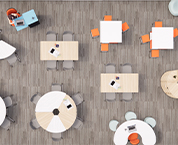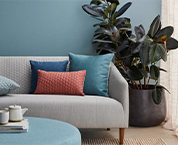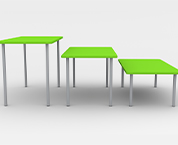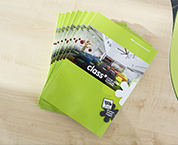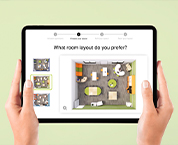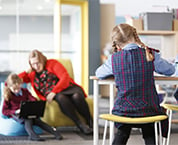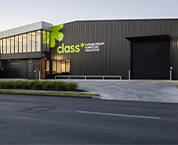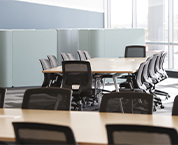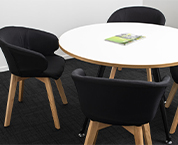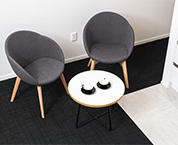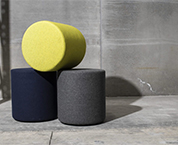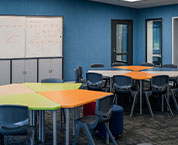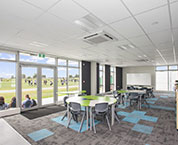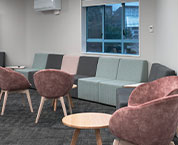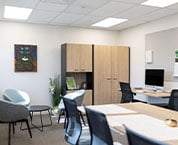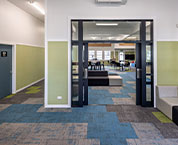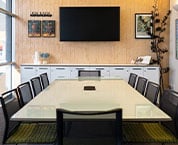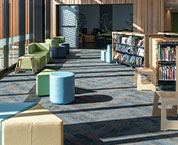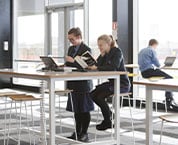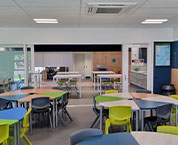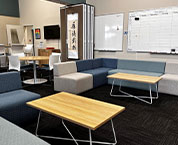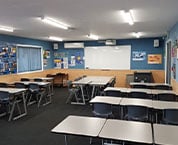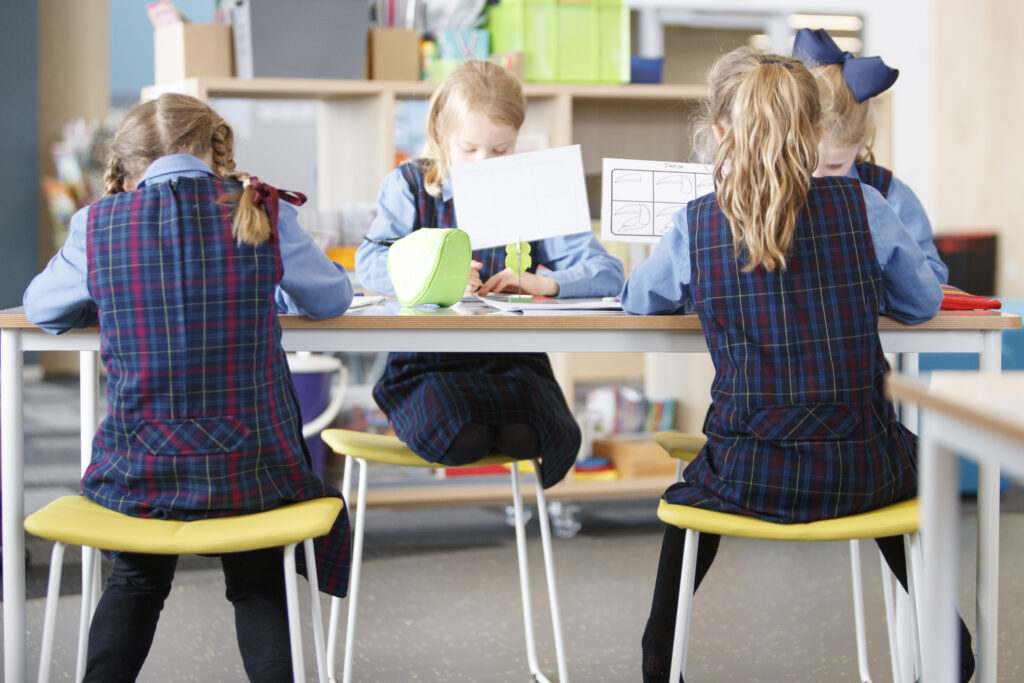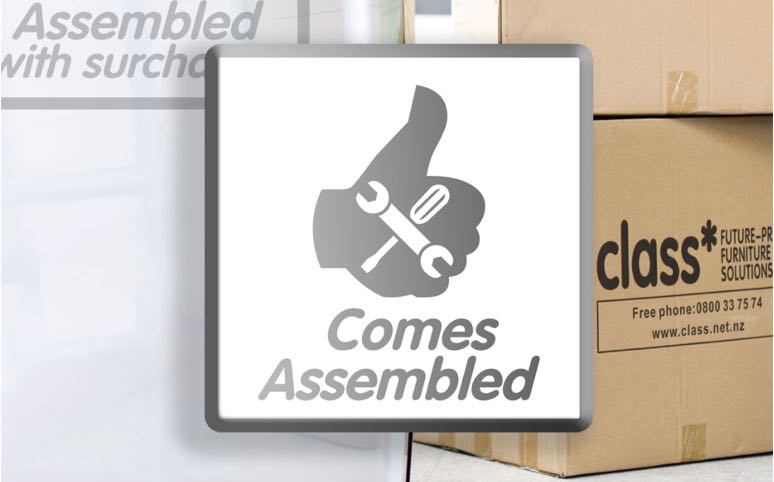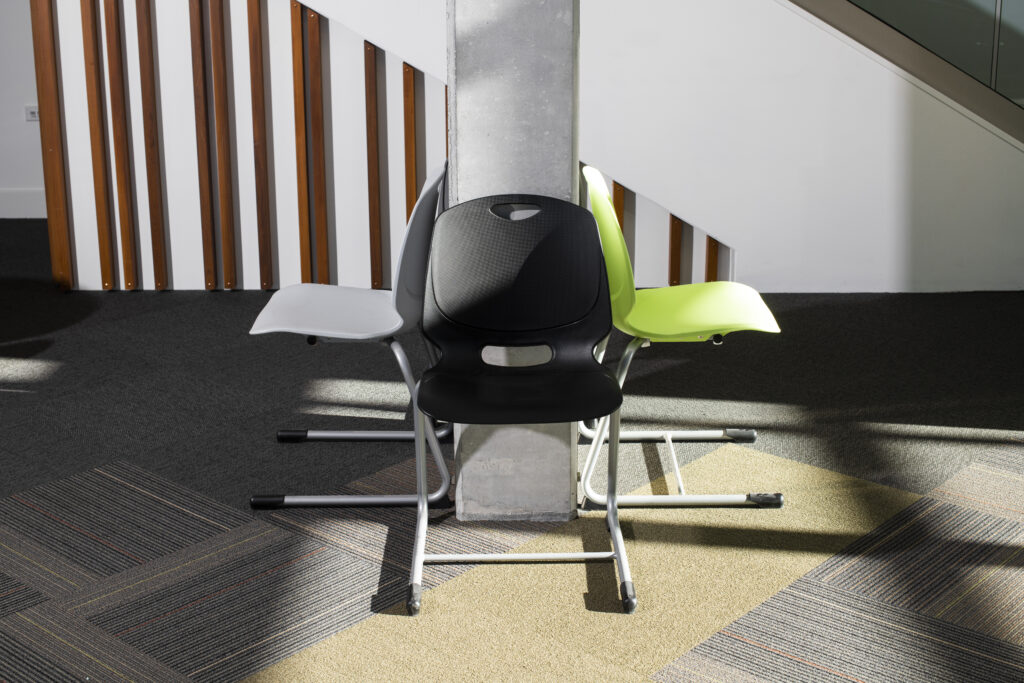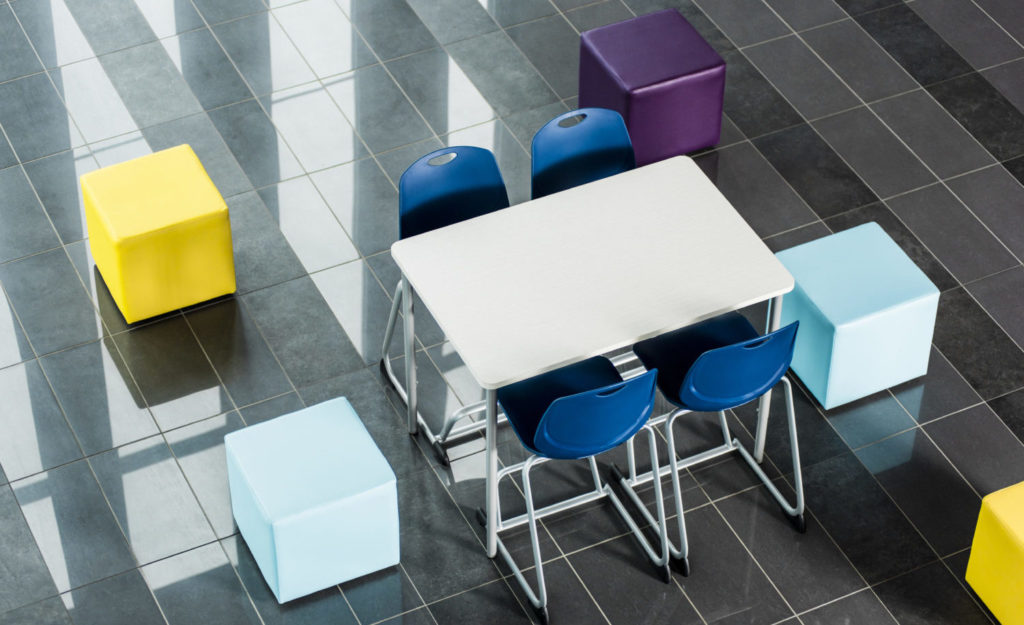First called the Modern Learning Environment or MLE, the Ministry of Education recently introduced new terminology, stating that Innovative Learning Practice (ILP) is used in a Flexible Learning Space (FLS) to create an Innovative Learning Environment (ILE). It’s all a bit confusing sometimes, so let’s see if we can explain it a bit more clearly.
Years ago, education was modelled on the industrial revolution – straight rows of desks and chairs; children all taught the same thing the same way. Thankfully it’s now recognised that there is a much better way to teach. Today’s Innovative Learning supports strengths-based education, offering both students and teachers flexibility, openness and access to resources. It is a space that is inclusive of all learners, and recognises pupils as the core participants.
The ILE, created around what is now known about the brain and learning, can be used alongside traditional teaching methods if desired, but also offers:
Flexibility:
The ability to combine two classes into one for team-teaching, split a class into small groups and spread them out, or combine different classes studying complimentary topics;
Openness:
With fewer walls, more glass and often a central teaching hub, it’s a space that can be used by several classes, providing opportunities to observe and learn from the teaching of others, and be observed at the same time.
Access to resources, including technology:
Typically, a common learning area is surrounded by break-out spaces that are fit for a range of activities such as reading, group and project work, wet areas, reflection and presentation. There is often a mixture of technology to hand as and when students need it.



